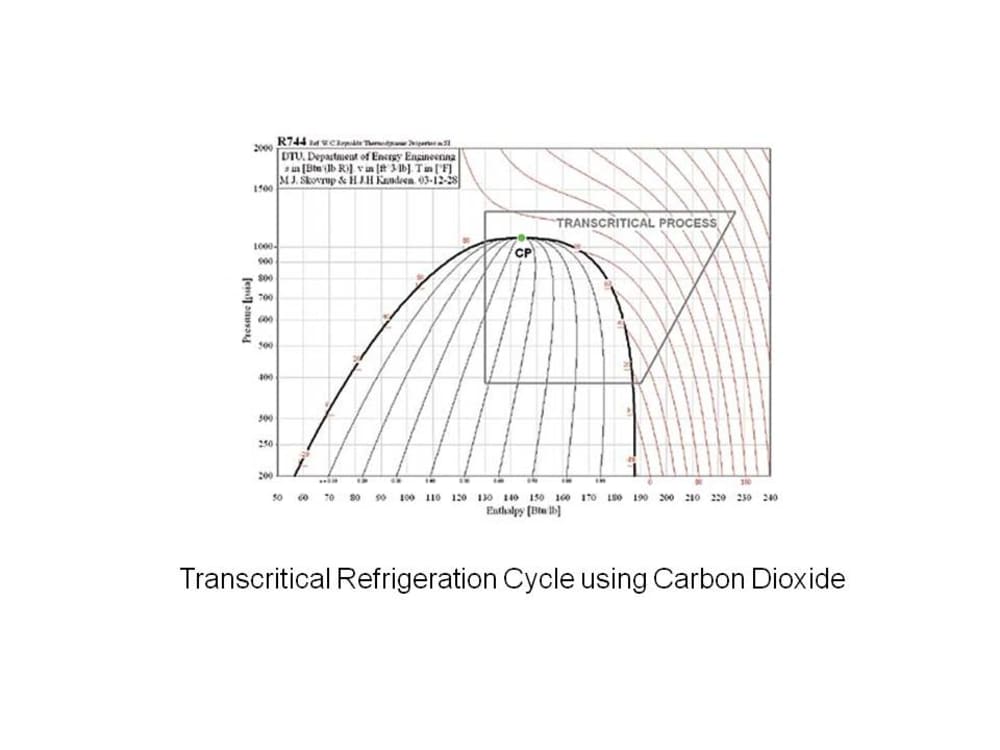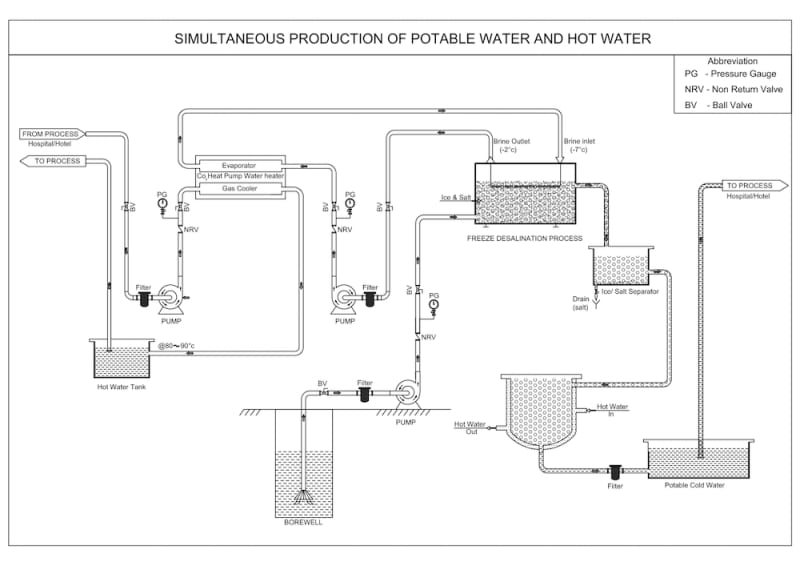1. Introduction: There are a number of facilities in urban India which require large amounts of potable water as well as hot water. The two most common examples of such usage are Hotels and Hospitals. Since both of these user sectors have large occupancy, the water requirement is also large and concurrent. Generally the source of both of these i.e. potable water and hot water are entirely different. While potable water is supplied by a local government-run water supply authority, the hot water is provided by a hot water generator/boiler which is typically fired by conventional fuels such as Diesel Oil, Natural Gas; etc. It follows that such a system is not only consuming a large amount of greenhouse-generating fuels but also is dependent on external water source which in turn is dependent on Indian Monsoon cycle that fills lakes, rivers, etc. The idea being proposed will not only do away with dependence on external water source but will also avoid burning fuels which lead to air pollution as well as contribute to the much talked about phenomenon of global warming.
2. The Idea: The system proposed is based on a CO2 Heat Pump Water Heater. Carbon Dioxide is an environment-friendly refrigerant which is non-toxic, non-flammable , cheap and easily available. Thermodynamically, CO2 works in a transcritical cycle i.e. without condensation since the critical temperature of CO2 is only 31.1 C. Thus CO2 will be cooled and remain in gaseous state.Thus the CO2 Heat Pump Water Heater will provide hot water which will be at a temperature of @ 80 ~ 90 C. This is the temperature of hot water which is generally required for various end uses in a Hotel/Hospital. Now, as regards production of potable water, it will be done by freeze desalination process. In general, wherever the Hotel/Hospital is located, there is normally good availability of groundwater (also called borewell water in India). This water though is not drinkable since it is hard with a high salt content. Hence, to make it potable its salinity has to be reduced. This can be done by freeze desalination process. The CO2 Heat Pump Water Heater described above will need some “cooling load” to generate hot water. This load will be provided by a brine chiller which will supply brine (typically Glycol such as MEG) @ a temperature of @ - 5 ~ -7 C. This brine will in turn will be used to “freeze” the borewell water. Since salt cannot freeze, it will remain separated from ice and will in fact adhere to ice in a sludge/crystal form. The last (and most difficult) process involves separating this salt from ice and then melting the ice to get pure, potable water. The heat required for this can be provided by the same hot water generated from the Heat Pump Water Heater. The complete system will have to be engineered with components such as Compressor, Heat Exchangers, Piping, Instrumentation & controls, etc . The system can be designed and assembled at site by using Indian engineering capabilities.
Like this entry?
-
About the Entrant
- Name:Avinash Shaligram
- Type of entry:teamTeam members:Avinash Shaligram,
Sanjeev Kamat, Chairman and Managing Director, Superchillers Pvt Ltd., Mumbai
- Patent status:none





